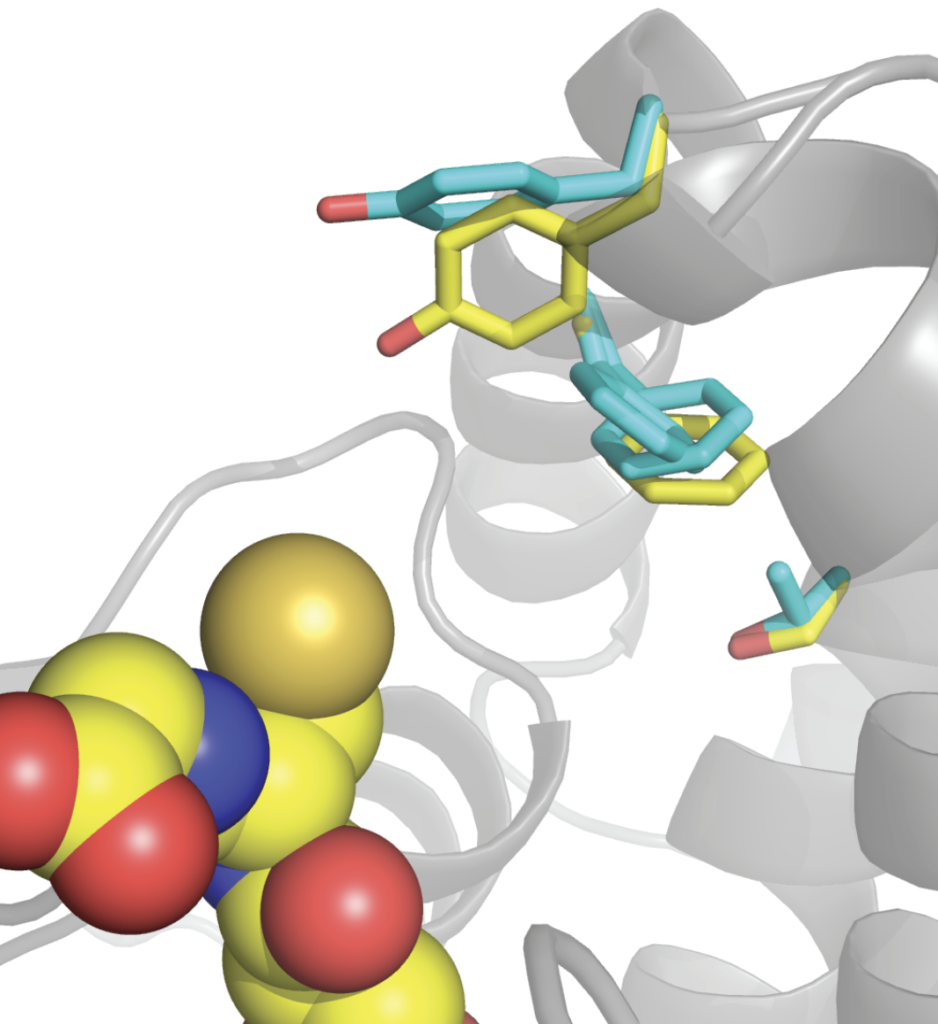Plant leaves are full of defensive toxins (natural insecticides!) that plants produce to protect themselves from being eaten or infected. The challenge of coping with these toxins is thought to be one of the major barriers against evolutionary transitions to herbivory.
We integrate genetics, genomics, and biochemistry to uncover mechanisms that herbivorous insects use to detoxify plant defensive compounds, and to understand how these mechanisms evolved to enable transitions to herbivory.
Many herbivores are known to possess novel, highly efficient resistance or detoxification mechanisms that are specific to particular plant toxins in their diet. We discovered, however, that co-option of a pre-existing, generalized (non-specific) detoxification pathway enabled a transition to herbivory in Scaptomyza. We are currently retracing the molecular evolutionary changes through which this generalized detoxification pathway was refined to metabolize toxic mustard oils extremely efficiently. We are also expanding our focus to other transitions to herbivory, with the goal of understanding general principles governing how (and how often) co-option and refinement of pre-existing metabolic pathways enables transitions to new diets.

Above: The binding pocket for toxic mustard oils in a Glutathione S-Transferase enzyme. The positions of key amino acids are shown for an herbivorous Scaptomyza species, which encounters high levels of mustard oils in the leaves it feeds on (yellow), and for Drosophila melanogaster, which feeds on microbes on decaying fruit (blue). We identified an amino acid substitution that changes the shape of this binding pocket in the herbivorous species, resulting in more efficient detoxification of mustard oils. For more details, see our work here: https://doi.org/10.1093/molbev/msu201